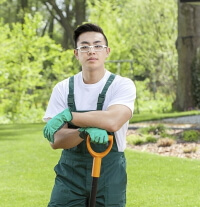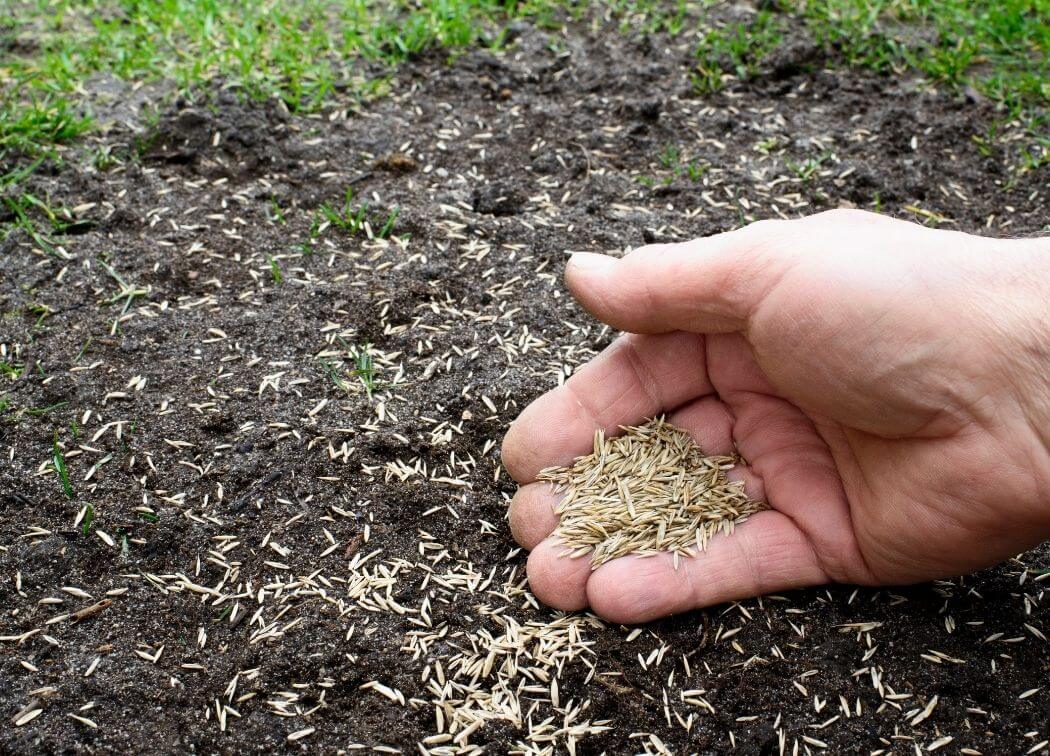Do you want to make your bare lawn and ground look aesthetically pleasing to your guests and friends? Plant grass on it! The grass will MAGINIFICANTLY improve the look of your lawn!
Not only can grass make your gardens and soil look great, but they are also used for important events, like golf courses, sports fields, and other places!
Let’s look into the best winter-tolerant grass species and see the possible grass species to grow in winter!
- Kentucky Bluegrass
- Improved Tall Fescue
- Perennial Ryegrass
- Velvet Bentgrass
- Chewings Red Fescue
- Prostrate Meadow
- Creeping Bentgrass
- Browntop/Colonial Bentgrass
- Rough Meadow Grass
- Annual Meadow Grass
The 10 Best Species of Grass to Grow during the Winter Season
The following are the best species of grass to grow during the winter! Let’s discuss these grass in full detail.
1 – Kentucky Bluegrass
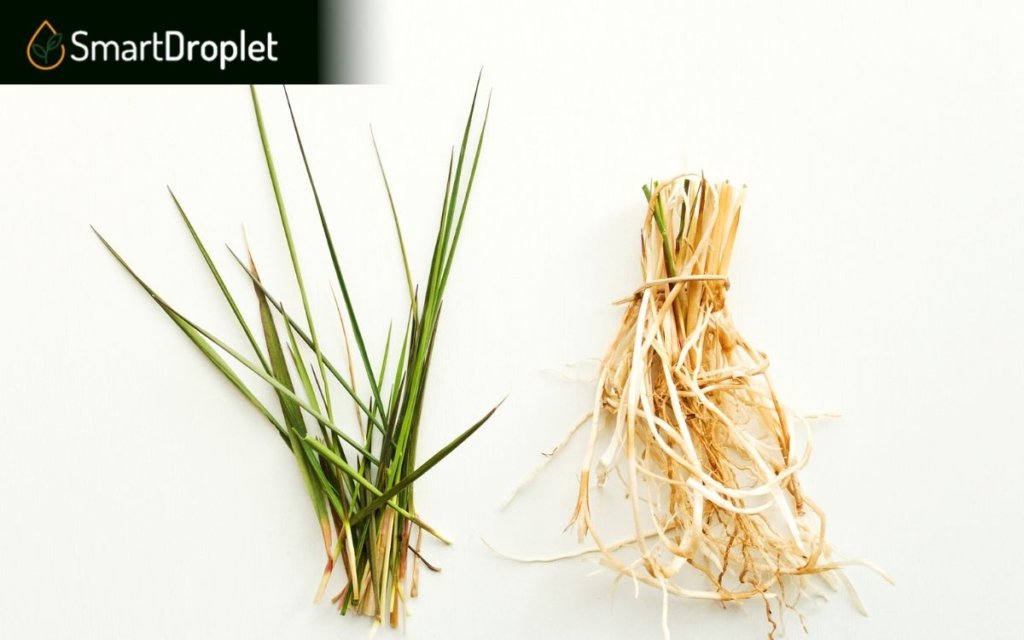
Kentucky Bluegrass is a grass species that flourish during winter, and it is partially shade-tolerant; it also thrives surprisingly well under the sun!
One of the best properties of Kentucky Bluegrass is its ability to be dominant during hot weather while forming sod, making it suitable for all-year-round lawn purposes.
Kentucky Bluegrass is best planted during fall from September to November. If that doesn’t suit your needs, it can also be planted in winter from December to February!
2 – Improved Tall Fescue

Tall fescue, specifically improved tall fescue, grows well into turfs, making it one of the ideal grass species to be planted on lawns and even children’s playgrounds.
The tall fescue is LESS PRONE to pests and diseases compared to other grass species, making it one of the stronger grass species on this list!
The improved tall fescue is a naturally cold-season grass improved to withstand and resist heat. The best time to seed this on your lawn is in fall, JUST BEFORE winter!
There are several types of tall fescue species out there!
However, the two BEST variants recommended by the National Turfgrass Evaluation Program are the 2nd Millennium and Cayenne!
3 – Perennial Ryegrass
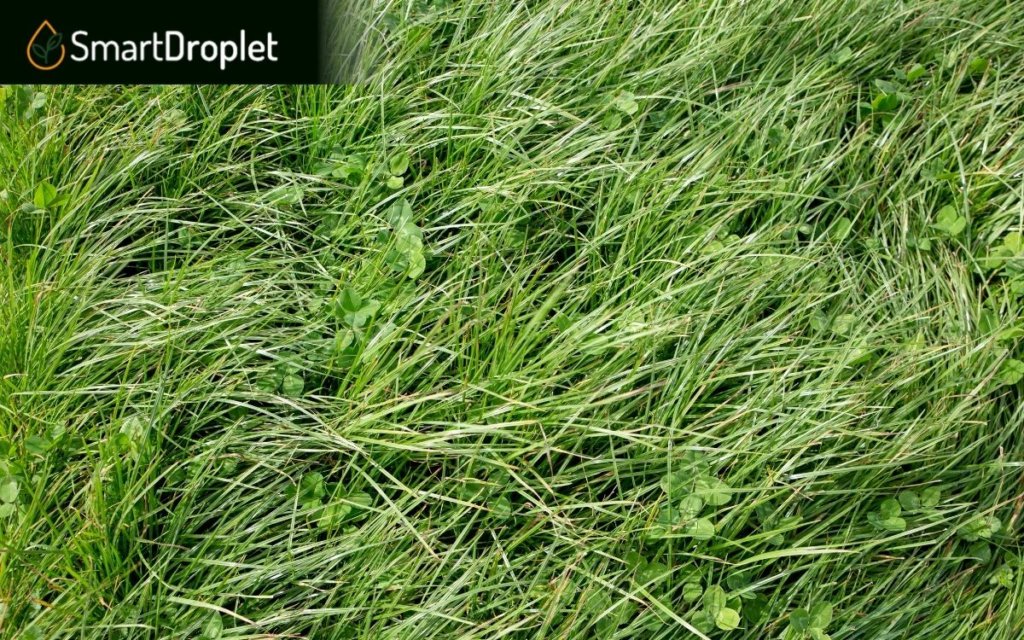
It’s hard to admit that this type of grass is not one of the best species on this list; however, it does its job when seeded before winter ends! It’s the perfect re-establishing grass!
Because of its properties, there are FEW genetic variations in winter survival in the many variants of perennial ryegrass.
It takes time to produce the best ryegrass that can be classified under winter tolerant and acceptable playing quality of perennial ryegrass.
4 – Velvet Bentgrass
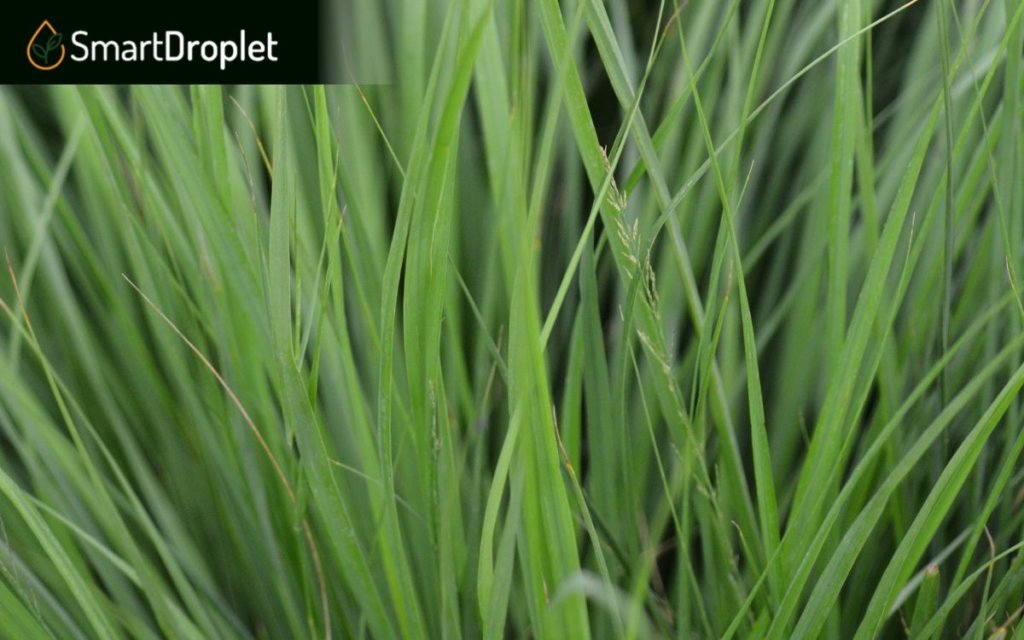
If you are a casual or even experienced player in golf, you’re probably familiar with this grass species, the Velvet Bentgrass!
The Bentgrass is known for its prostate growth patterns and its DENSE properties in nature.
This species has been scientifically tested to be one of the few species with high winter stress endurance; however, it is prone to diseases like M.nivale when growing.
Despite its flaws, it has its benefits! For example, it can resist snow molds better than other Bentgrass!
5 – Chewings Red Fescue
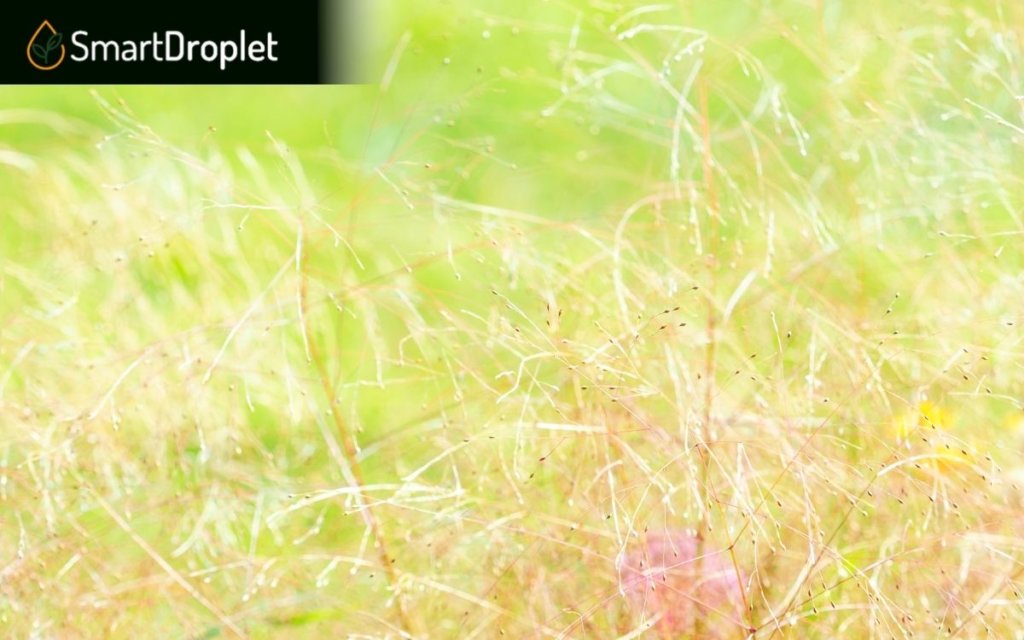
The Chewings Red Fescue is a fine-leafed and tufted grass that retains a dark green color throughout winter.
Compared to the creeping red fescue, the main DIFFERENCE it has compared to the creeping red fescue is the lack of creeping rhizomes.
Chewings Red Fescue is often chosen over Creeping Red Fescue due to its better winter resistance. As a result, it has a high tolerance to snow molds.
6 – Prostrate Meadow
The Prostrate Meadow is one of the best, highly winter-tolerant grass species in the market!
The grass species is known for its thin stems and blue-green leaves, making it one of the BETTER-LOOKING grass on this list!
7 – Creeping Bentgrass
Creeping Bentgrass is among one of the better perennial cool-season bentgrasses out there. Bentgrass is often used in golf courses, making it one of the most popular grass species.
Its usage in golf courses is due to its heavy mat-like smooth texture, which golf HEAVILY relies on.
The Creeping Bentgrass has one of the most excellent winter survival rates compared to other grass species, although the species is known to be PRONE to snow molds.
With that being said, one of the best features of the grass is its amazing freezing tolerance. It is powerful enough to withstand asphyxiation when covered in ice!
8 – Browntop/Colonial Bentgrass
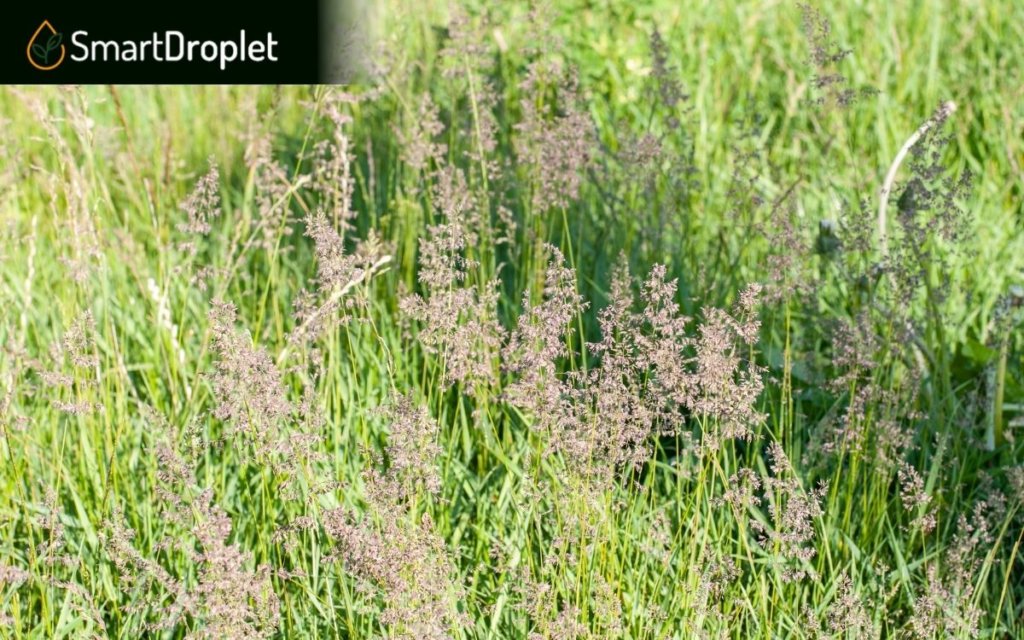
The Colonial Bentgrass is a grass species capable of enduring various cutting heights, making it one of the most commonly used in seeding mixes in improving grass density!
When discussing winter resistance, the best suited for the season are the Nor and Leirin variants; both have excellent winter hardiness tolerance!
The Browntop is a carefully cut species that forms a smooth textured turf used in bowling and golf courses.
One of the biggest drawbacks to the species is its vulnerability to pink snow molds; however, they are GREAT in tolerating shade!
9 – Rough Meadow Grass
The Rough Meadow Grass species is a slightly tufted or single-stemmed grass that grows from 20 to 60cm! The species does NOT have rhizomes; instead, it has leafy stolons.
You’ll most likely see this species sometime from May to July! This means that it is highly unlikely you will see this during the winter.
The Rough Meadow is an indigenous type, and it continues to prove its essence as an effective weed of herbage crops and winter cereals!
Other variants of the Rough Meadow are available in the market specifically produced for winter plays and any overseed activities.
10 – Annual Meadow Grass
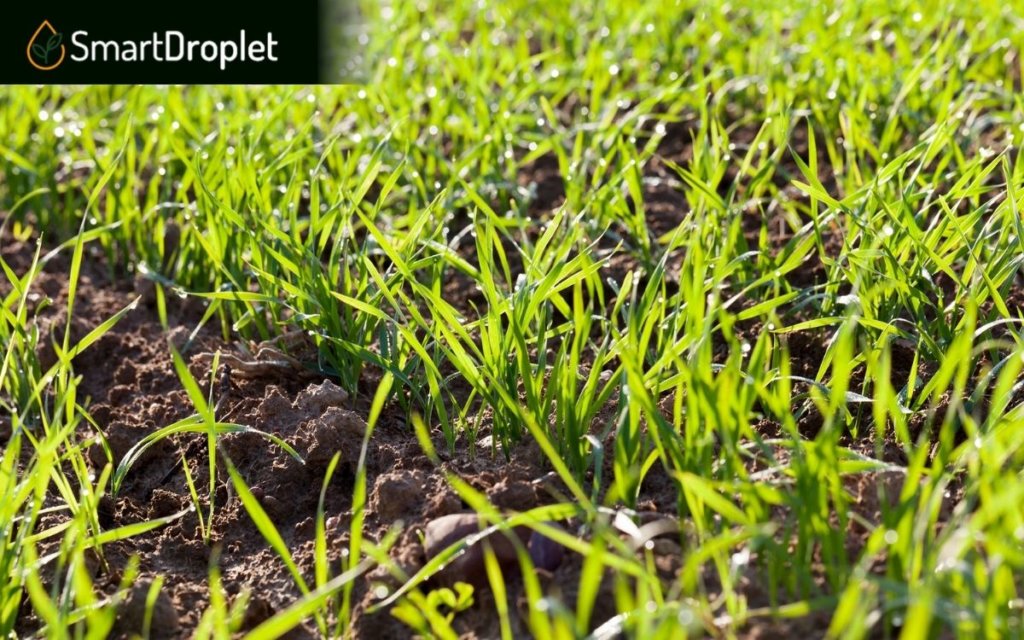
The Annual Meadow Grass is classified as a biennial or perennial species, depending on the characterization of its shallow roots.
The variant is often found in gardens, grasslands, trackways, and other similar places, and it is one of the OLDEST of its type in Europe, specifically in the UK.
It sprouts into a cute folded shape during its growing stage, while its bottom side usually showcases a pale-green color palette.
The Annual Meadow is TERRIBLE in acid soils or areas with low phosphate, meaning it can only withstand water logging during a very SPECIFIC time.
The Annual Meadow is HIGHLY SENSITIVE in drought conditions, making it much better during winter.
Even if the variant is great during winter, it does not have the best endurance due to suffocation by ice, pink snows, and winter stress.
With that being said, the best version of the Annual Meadow has a higher and BETTER winter endurance than the best varieties of perennial ryegrass!
Things to Consider Before Deciding about What Grass to Seed in Winter
The factors that will determine the best grass species for you are the climate conditions and the geographical location of where you want to plant your lawn!
These two factors will set the foundation for whether the winter grass species you want to put on your bare soil will SPROUT healthily or not.
With that being said, let’s discuss the factors in greater detail!
Climate Conditions
Before deciding which grass species is best for you, you have to take note of the climatic conditions you experience.
You don’t want grass to be planted in areas that are too warm or too cold!
For example, if you want to use bentgrasses, ensure that you live in a place that often has snow or a country that experiences frequent hail because bentgrasses have excellent tolerance to ice.
However, they are vulnerable to snow molds. Again, CONSIDER these factors before choosing your preferred grass species.
In comparison, the fine fescues have less resistance to suffocation. But they have better resistance to winter diseases, making them a great grass species for winter survival!
Geographical Location
Do you want to have an easier time deciding which grass species works well with you? Consider where you are located geographically and adjust your selection based on that!
Remember that environmental and soil conditions differ worldwide, hence why this factor is CRUCIAL.
For example, turf grasses grow higher in certain locations than in other places. However, certain turf grasses can grow better in unexpecting places.
It is a WONDERFUL idea to fully understand this factor to familiarize yourself with the geographic areas separated as zones in line with a temperature range!
Conclusion
Now you know the best types of cool-season grass to use for your lawn!
As said many times throughout the article, when choosing the best cool-season grass species, you need to CAREFULLY research all the species adapted to your location.
The location you are based in is CRUCIAL in identifying where the grass can bloom its best; for example, Kentucky bluegrass flourishes in places that experience winter!
To top things off, pair your grasses with excellent growing conditions, and you will have a flourishing lawn to show off to your friends!
Frequently Asked Questions (FAQs)
Do you want to know more information regarding the best cool-season grasses to use? DON’T WORRY!
These are the most frequently asked questions about the topic at hand! We hope it helps clear some issues or concerns you may have.
When Is the Best Time to Plant Cool-Season Grasses?
It is safe to assume that cool-seasoned grass flourishes the best during the winter, right? WRONG!
Cool-seasoned grass flourishes at its peak when the environment is hitting temperatures within the 60-80 degrees range.
One of the best seasons to apply these plants to your lawn is during EARLY FALL because of the season’s shorter days, cooler nights, and heavier dews.
If early fall seems like a terrible time for you, spring is also a good time to apply these plants to your lawn!
Be careful of the season because crabgrass can germinate your lawn! Crabgrass can negatively affect your plants if untreated or left alone, so remember that when applying during the spring!
How Is Overseeding Done With a Cool-Season Lawn?
One of the best ways to maintain your cool-seasoned lawn is to prepare your overseed tools!
To successfully overseed a cool-seasoned lawn, we HIGHLY RECOMMEND using a spreader to apply the Scotts Turf Builder Thick’R Lawn.
The product, as mentioned earlier, is developed SPECIFICALLY for overseeding with the combination of high-performance grass seed with fertilizer and a soil improver!
With the product applied, your lawn will become healthier, and your plants will be covered with some of the healthiest ingredients it can consume, making it flourish even better!

